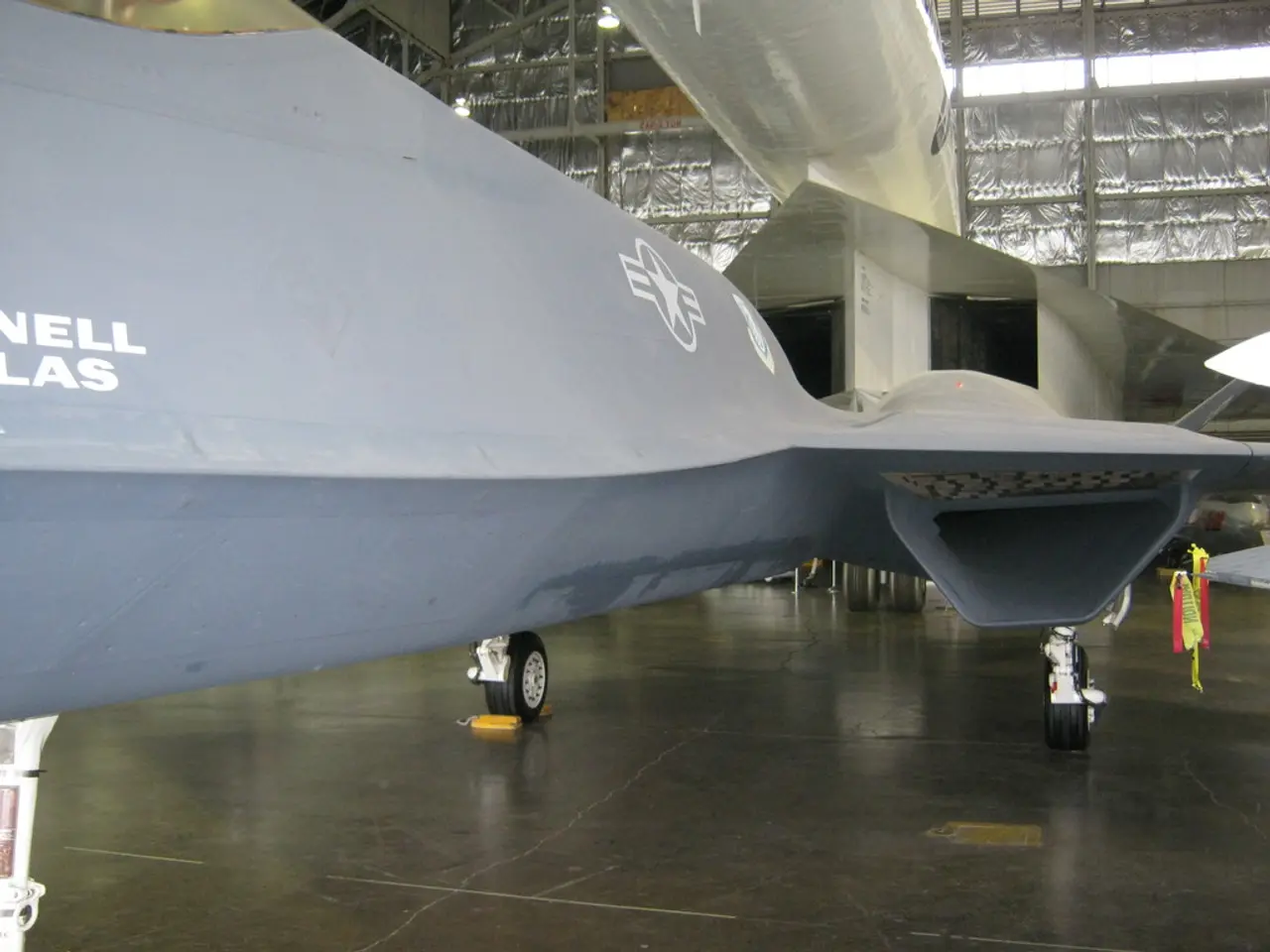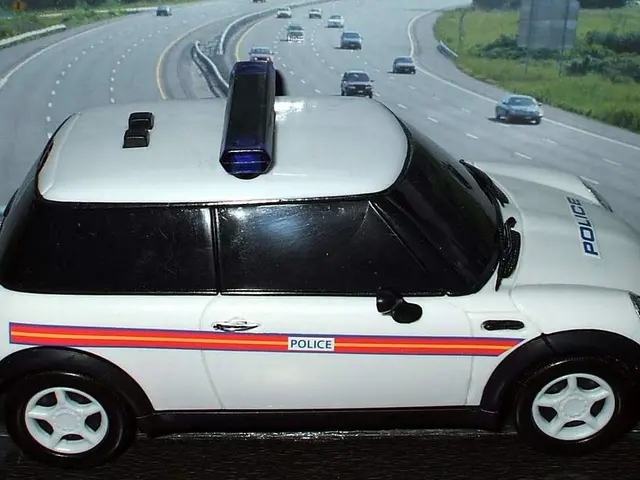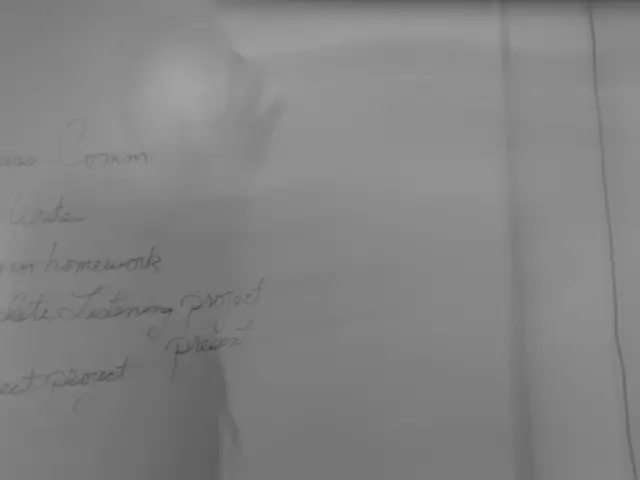Autonomous Aircraft Models That Don't Require a Pilot's Certificate
Flying Ultralight: A Guide to Unlicensed Flight
For those with a passion for aviation but without a pilot's license, the world of ultralight aircraft offers an exciting opportunity to take to the skies. These lightweight, single-seat aircraft are designed to meet specific criteria set by the Federal Aviation Administration (FAA) under Federal Aviation Regulation (FAR) Part 103.
To fly an ultralight aircraft without a pilot's license, the aircraft must adhere to the following conditions:
- The aircraft must have only one seat.
- It must weigh no more than 254 pounds empty (excluding floats).
- It cannot have a top speed greater than 63 mph (approximately 55 knots).
- It cannot carry more than 5 gallons of fuel.
- Flight must be daytime only.
- Operations over populated areas are prohibited.
- Flights in controlled airspace require prior authorization.
If your ultralight aircraft satisfies all of these conditions, you do not need a pilot certificate, medical certificate, or formal training to fly it. However, if your aircraft exceeds any of these limits or falls under the category of Light Sport Aircraft (LSA) or other categories, you will need at least a sport pilot certificate with relevant training and endorsements.
One ultralight that meets the FAR 103 criteria is the Aerolite 103, a single-seat, fixed-wing ultralight with an endurance of 2 hours. Priced around $19,000 fully assembled, it offers a cost-effective entry point into the world of ultralight aviation.
Another popular option is the Phantom X1, a tractor-configuration, high-wing aircraft with maneuverability initially designed for aerobatic training. The Phantom X1 kit can be assembled by an average person in approximately 40 hours and can be equipped with brakes, a complete airframe parachute, and various Rotax engines from 40 to 64 hp.
The Hummel Ultracruiser, an all-metal ultralight aircraft fully compliant with FAR 104, is another choice for those seeking a reliable ultralight aircraft. Over 100 Hummel Ultracruisers have been built since 2001.
It's important to note that while flying an ultralight without a pilot's license is legal, the penalties for flying a plane that doesn't meet the Part 103 Ultralight category requirements can be severe. These penalties include up to $250,000 in fines and three years in prison.
In conclusion, flying an ultralight without a pilot's license is a viable option for those interested in aviation. However, it's crucial to ensure that the aircraft you choose complies with the strict criteria defined by the FAA under FAR Part 103.
References: [1] FAA. (n.d.). Ultralight Aircraft. Retrieved from https://www.faa.gov/aircraft/guide_for_aviation_industry/ultralight_aircraft/ [2] FAA. (n.d.). Sport Pilot. Retrieved from https://www.faa.gov/pilots/sport_aircraft/ [4] FAA. (n.d.). Light Sport Aircraft. Retrieved from https://www.faa.gov/aircraft/guide_for_aviation_industry/light_sport_aircraft/ [5] FAA. (n.d.). Recreational Aircraft. Retrieved from https://www.faa.gov/aircraft/guide_for_aviation_industry/recreational_aircraft/
The guide highlights that in the realm of ultralight aviation, one doesn't need a pilot's license if the aircraft adheres to the FAA's regulations, such as the Aerolite 103 or the Hummel Ultracruiser, which fall under FAR Part 103. Conversely, the finance sector plays a significant role in affording this hobby, as the cost of ultralight aircraft can range from $19,000 to unspecified amounts, providing an entry point into the aerospace industry for enthusiasts. Technology, too, plays a crucial role, as many ultralight aircraft models can be assembled with brakes and airframe parachutes, ensuring safety for pilots in the event of emergencies.








